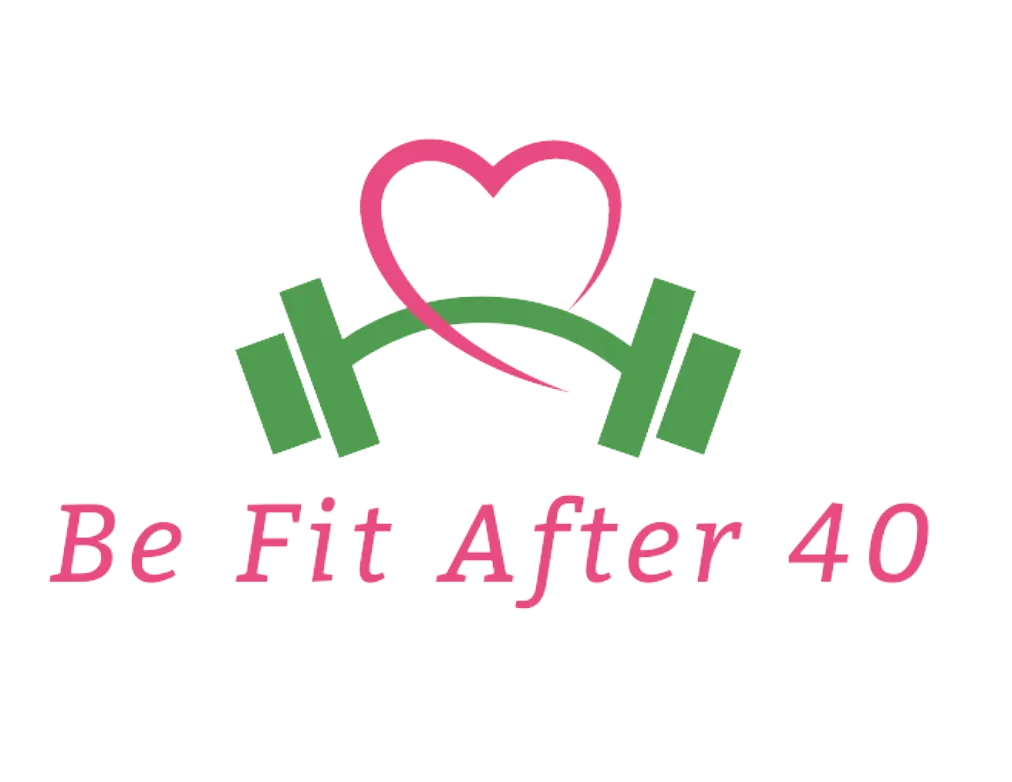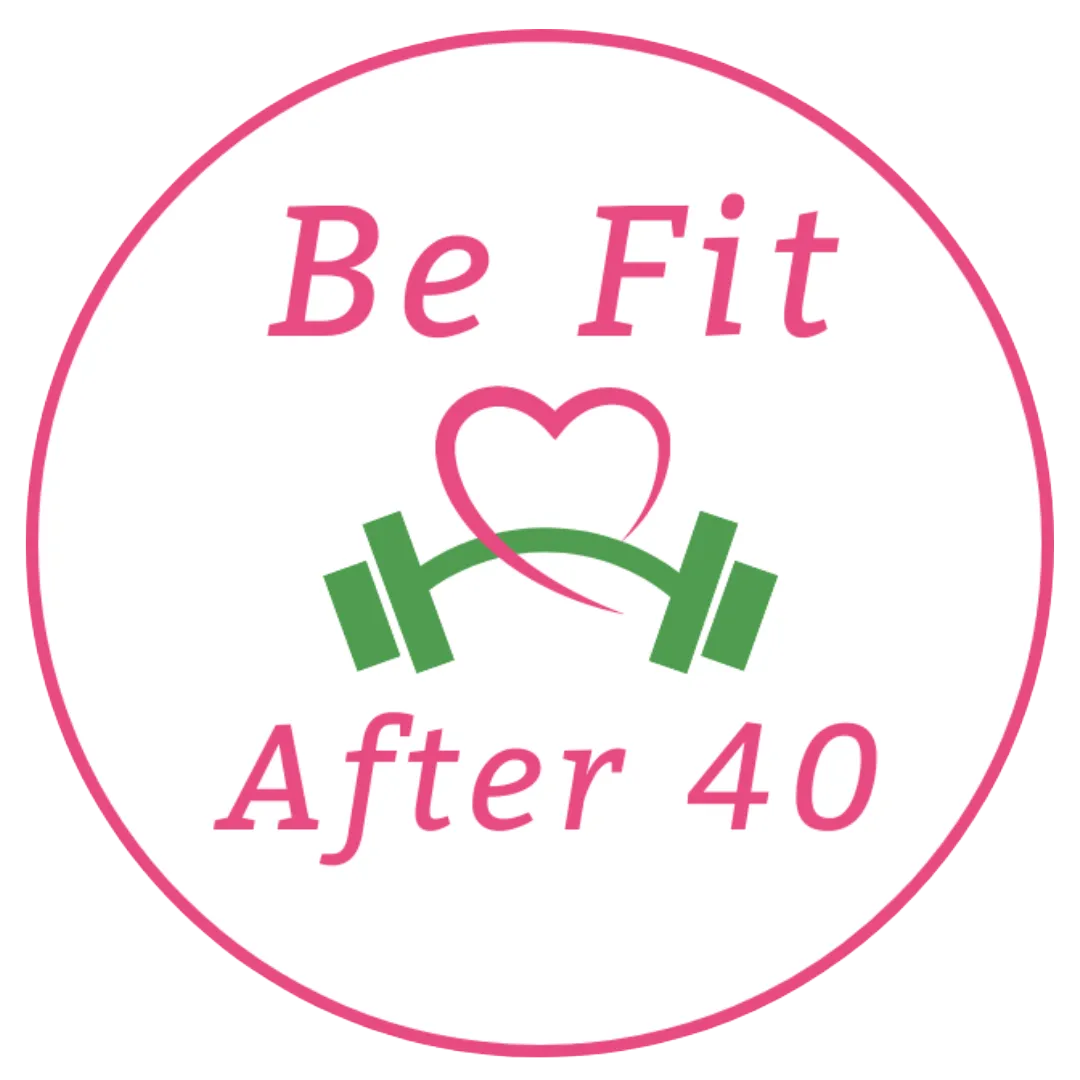Should You Be Lifting Heavy? What Midlife Women Need to Know
It’s one of the most common questions I hear from women in midlife:
"Am I lifting heavy enough?"
Social media is full of conflicting messages. One post says you must lift heavy weights for your health. The next warns you that lifting heavy is dangerous. So what’s the truth?
In this article, I’m breaking down what lifting heavy really means — and why the answer is different for everyone. Whether you’re just starting out or wondering if it’s time to push harder, this will help you figure out what’s right for YOU.
First, Stop Comparing Yourself
I can’t say this enough: how much you lift should not be based on what someone else is doing.
Your body, your history with exercise, your sleep, your stress levels, your genetics — they all play a huge role in how your strength shows up and how quickly you make progress.
For example, I started strength training when I was 49, but I also had a strong athletic background and years of lifting in my 20s. That means my body already had some “muscle memory” that helped me progress faster when I got back into the weight room in midlife.
If you’re just starting out now, your path may look totally different. And that’s OK.
What Lifting Heavy Actually Means
Lifting heavy isn’t about reaching some magic number on a dumbbell. It means challenging your muscles enough that they are forced to adapt - to get stronger and grow.
Heavy will be different for each of us, and it will change over time as we get stronger.
What matters most is that the last few reps of your set feel difficult. You should get close to (1-3 reps away from) what we call muscle failure (failure = where you couldn’t do another rep with good form).
And here's the thing your “heavy” will change as you get stronger. The weight that’s challenging now won’t be in a few months — as long as you’re progressing.
For example, when I started doing glute-focused hyperextensions, my heavy was bodyweight. Soon, I was able to add 5kg, then another 5, and so on and so forth. Four years later, I’m using 40kg.
Consistency and slowly increasing your weights over time pays off: you’ll get stronger.
When to Go Up in Weight
If you’ve been doing the same exercise for several weeks and you’ve hit the top of your rep range for two workouts in a row with good form, you’re probably ready to go up in weight.
Even a small increase (1–2 kg) can make a difference.
Progress can be slow and that’s okay. Especially in your first year of lifting. It gives your joints, bones, and connective tissue time to catch up with your muscles.
Genetics and Body Fat Play a Role in How Your Results Show Up
A quick story: I was at the gym recently, and I couldn’t help noticing a woman who looked incredibly lean and defined — the kind of look many women admire. She was lifting significantly less than me, but her muscles popped more.
That’s genetics. That’s also body fat percentage.
And it’s a reminder that your strength doesn’t always show up visually the way someone else’s does.
Personally, I choose not to maintain super low body fat. That requires a lot of discipline, and looking ‘shredded’ is not important enough to me to make the sacrifices I’d need to make. I maintain a healthy body composition, feel amazing and don’t need to stress about everything I eat. You get to decide what matters most to you.
Final Thoughts
Lifting heavy is important — but it’s not a competition.
The goal is to challenge your body safely, consistently, and in a way that works for your life.
Whether you’re lifting 5 kg or 15 kg, if you’re showing up, pushing yourself, and progressing over time, you’re on the right track. And remember: this isn’t about a quick fix. This is training for life —for the decades ahead.
Ready to Get Started?
If you’re ready to start lifting (or you want help figuring out what “lifting heavy” means for you), check out my Learn to Lift program. It’s designed specifically for midlife women and will guide you step-by-step — no guesswork required.


